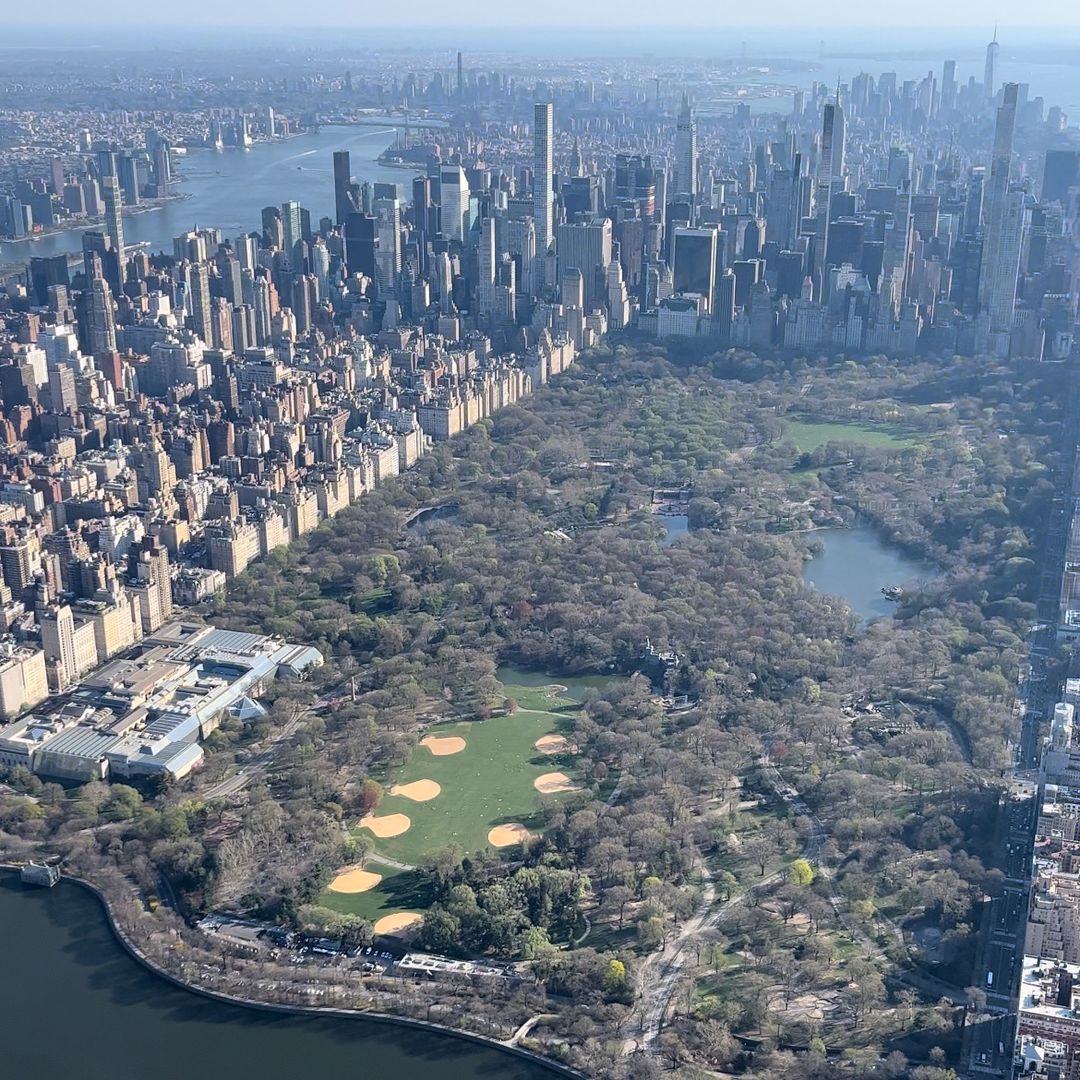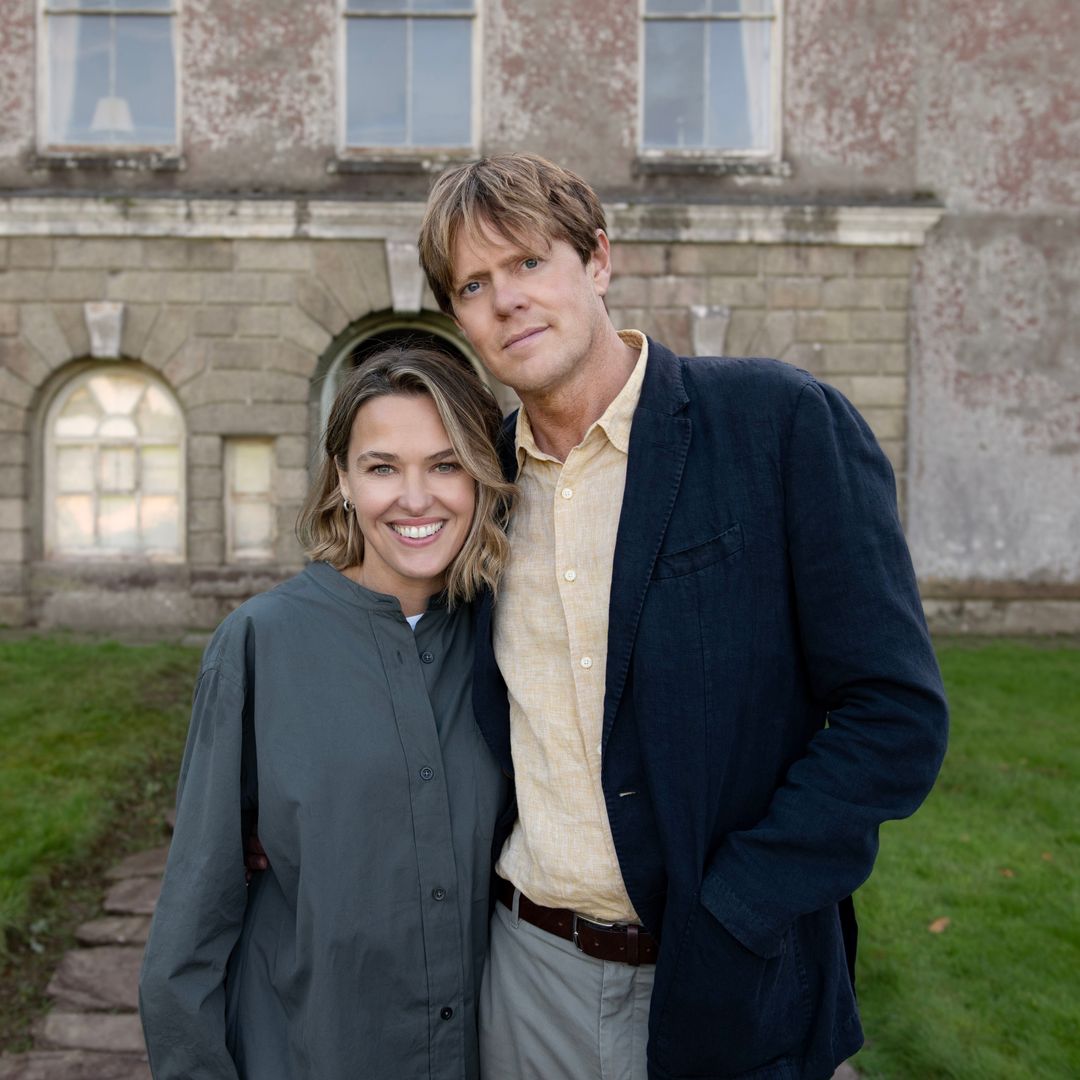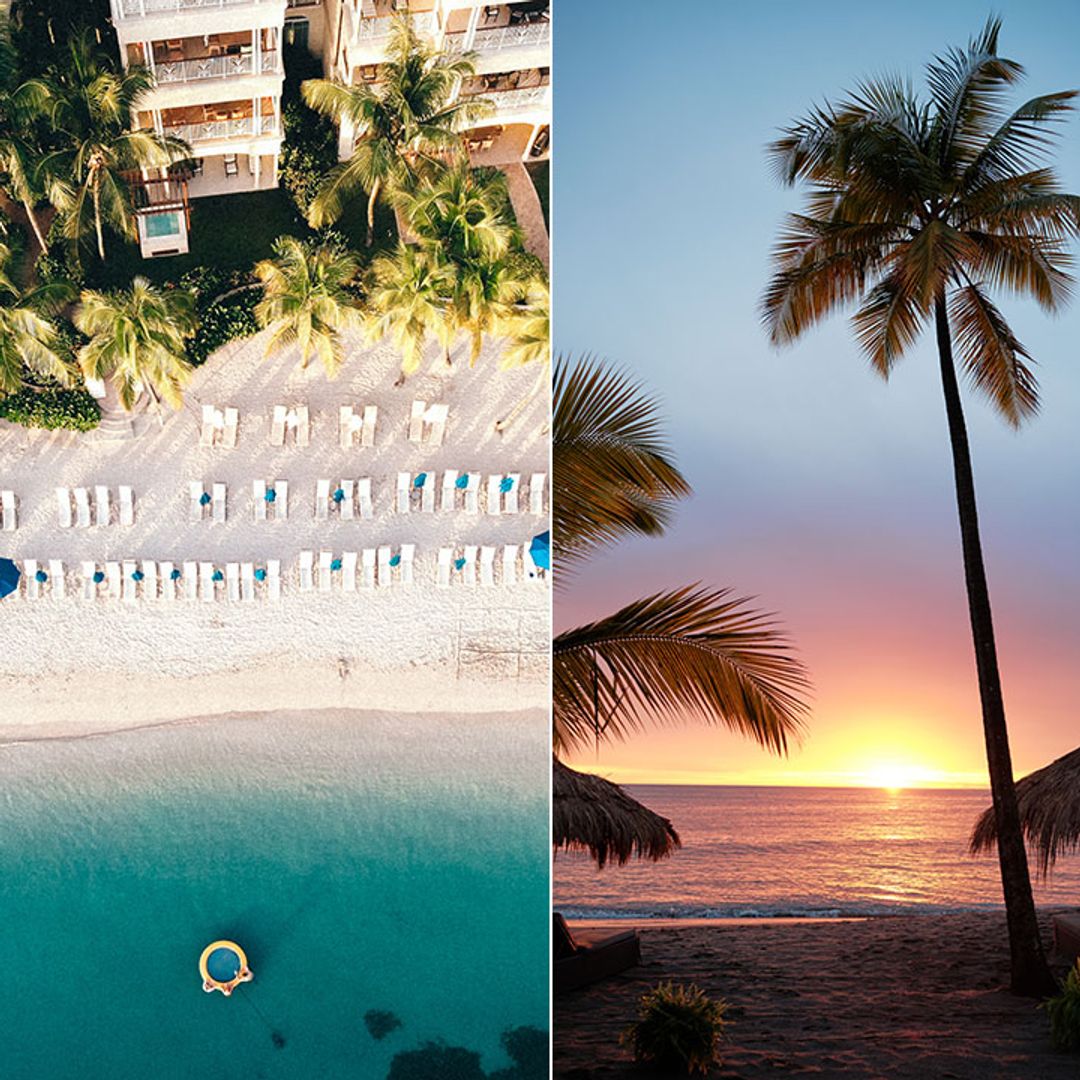We think of butterflies as something ephemeral and delicate. Yet there is one species – the Monarch butterfly – whose yearly migration is the stuff of legend: all the way between the Rocky Mountains in the north and Mexico in the south, a miraculous journey so long that no single butterfly will make the round trip.
Usually, a Monarch butterfly lives for just four or five short weeks. But by some miracle of nature, the last generation of the summer may survive for as long as seven months, allowing them to fly south a distance of around 4,500 kilometres to overwinter in Mexico, in the forests and mountains of Michoacan and Mexico State. Here they create a display that attracts tourists from around the planet to wonder at the natural spectacle, while scientists continue to ponder the mysteries of their annual migration and extraordinary life-cycle.
It is estimated that some 60 million butterflies set out southwards to escape the cold. These tiny voyagers can travel over a hundred kilometres a day, or even twice that, if the wind is in their favour. How they manage to navigate and always arrive at the same forests is one of the great mysteries of this migration. Indeed, until the mid Seventies, scientists were unaware of the location of the southern wintering grounds. Now, though, we know that these orange-winged butterflies head for the conifer forests of pine and fir in Mexico's western Sierra Madre, where, in the valleys and mountains above 3,100 metres, they find the ideal conditions to wait until they are ready to mate and head northwards again in the spring.
One of these butterfly sanctuaries, declared a UNESCO Natural Heritage Site, is the Sierra de Chincua in Angangueo, Michoacan. Here, from mid-November to late March, visitors flock to witness the butterfly spectacle. A whole tourist industry has sprung up on the basis of the Monarch migration, with restaurants, craft shops and companies that organise excursions on foot, by bicycle and on horseback in search of the butterflies. There are other locations, too: El Rosario and Senguio in Michoacan, while in the State of Mexico there's El Chapulin in the municipality of Donato Guerra, La Mesa in San Jose del Rincon and Piedra Herrada in San Mateo Almomoloa.
In each of these locations, the hibernating butterflies cluster on the trees in such masses that the trunks are totally hidden and branches bend under their weight; the forest paths are thickly carpeted, sometimes for miles on end, with this mass of living orange, making it almost impossible to walk without treading on the fragile creatures. In late March, the females that have survived the winter will set out on the return journey, and en route, before they die, they will lay their eggs, ensuring the birth of a new generation that will return to repopulate the areas their parents left months before. Some incredible natural instinct allows them to continue on to a place they have never been and complete this great migration as a kind of relay.
In February, before they leave, the people of Angangueo, Ocampo, Zitacuaro, El Rosario, San Felipe de los Alzati and the other butterfly sanctuaries, will celebrate the Monarch Butterfly Festival with a week of activities that revolve around this magical natural phenomenon, with decorated streets and a general spirit of festive revelry that the Mexicans do so well.
Further information: Tourism in Mexico








